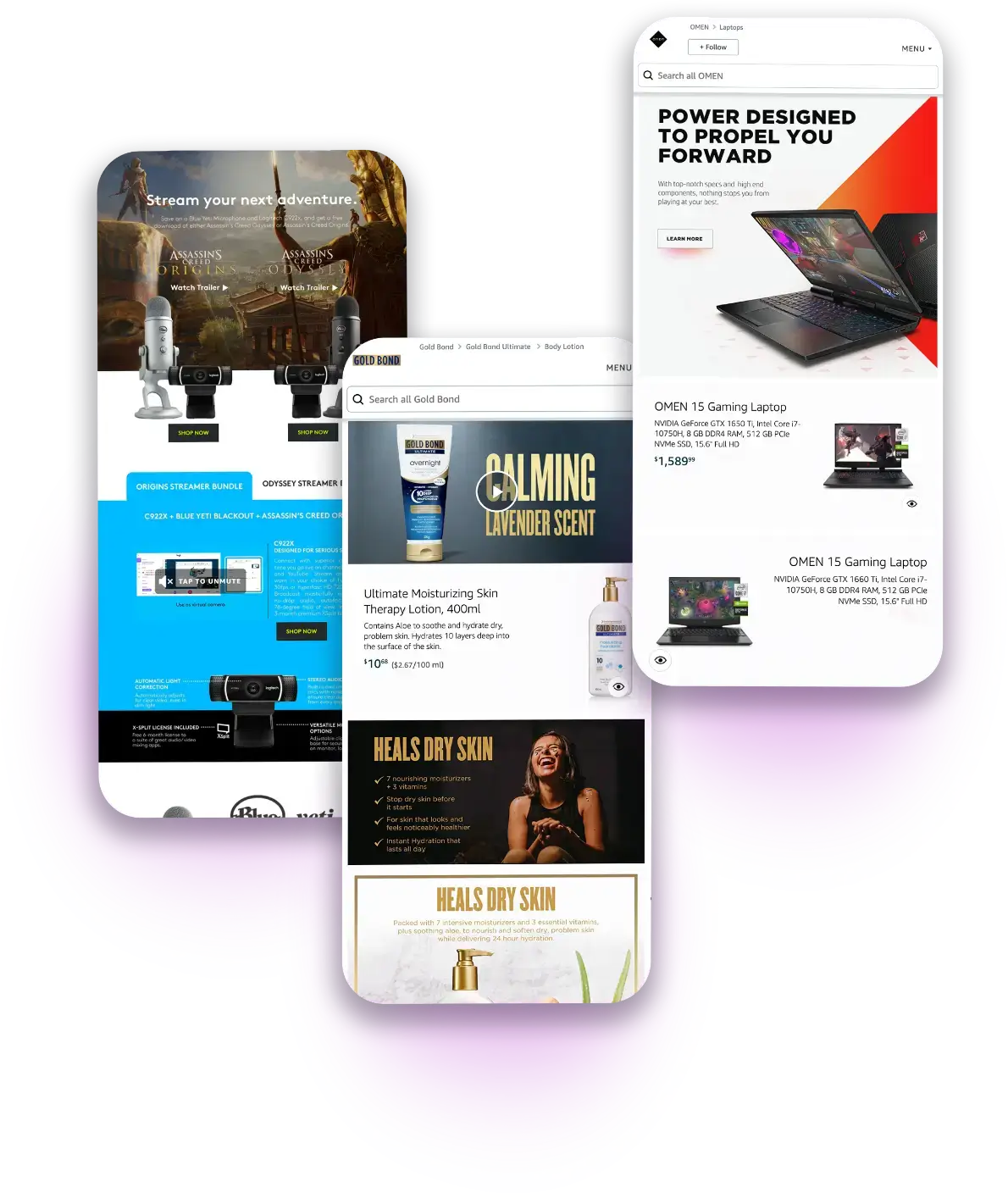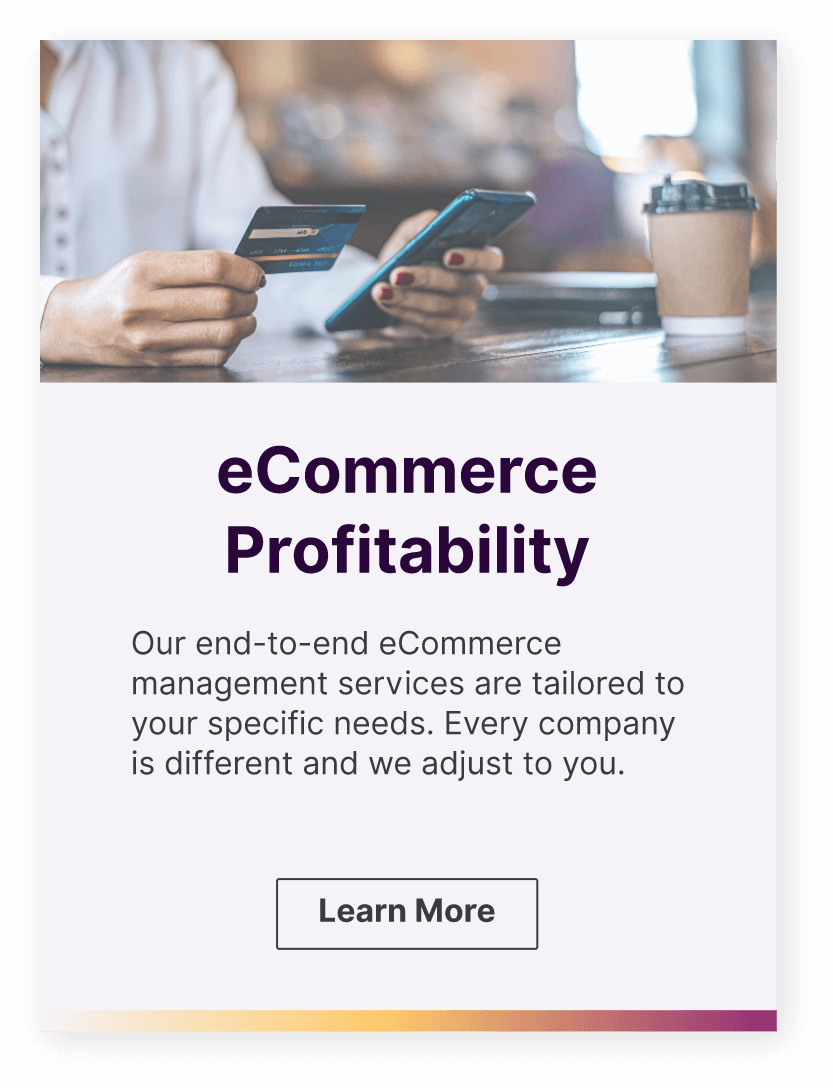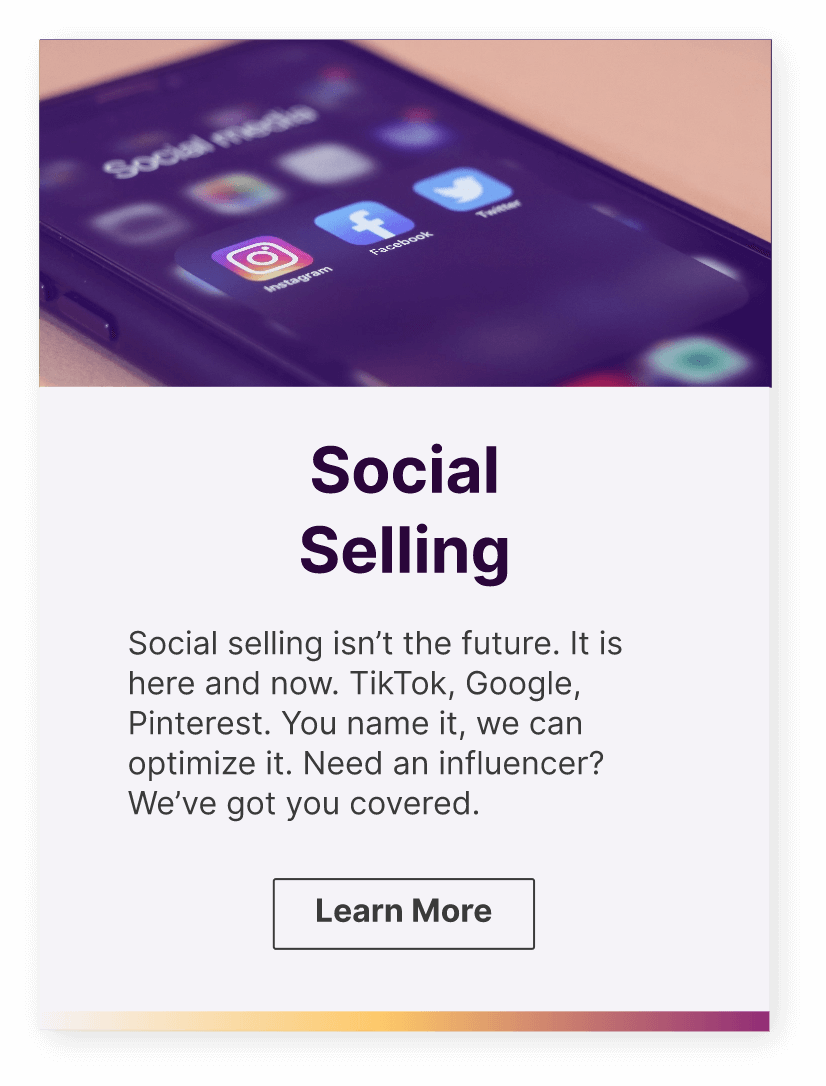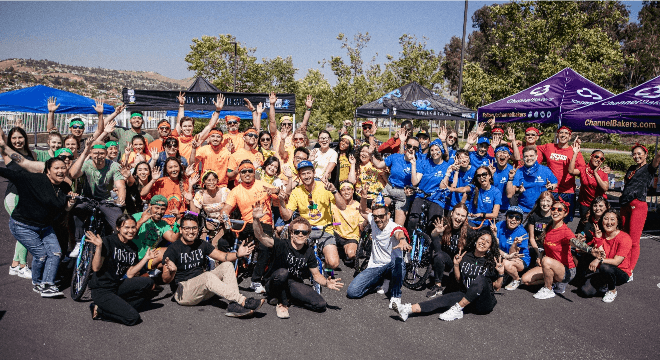Dive into CES 2025’s game-changing innovations—AI-driven campaigns, AR-powered displays, and mobility marketing opportunities that brands can’t ignore.


Amazon Ads
Advanced Partner
500+ Brands
Trust us with their retail
media and commerce
$500MM
Ad spend managed
for our clients
250K
Campaigns managed
ONE agency with the experience and tools to drive incremental sales.
Just a few friends we’ve made along the way.
We are where YOU are
We are where YOUR shoppers are
200+
Employees
20
Languages spoken
24/7
Chasing the sunset
Industry Recognition

ShopAble Media Awards 2024
Channel Bakers and Razer were honored with the Walmart Connect Excellence award at Skai’s 2024 ShopAble Media Awards for leveraging Skai’s platform to run highly effective Walmart Connect campaigns, driving impressive business results and showcasing excellence in retail media strategy.
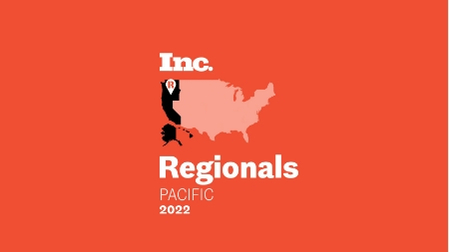
No.62 within the Pacific region
With prestigious past nominees like Microsoft, Under Armour, and Facebook, the Inc. 5000 is the authority in ranking the fastest-growing private companies in the US. In 2022, Channel Bakers placed in the top third nationwide for a second year straight and stands at No. 62 in the Pacific region.
Latest Blog Posts
-1.jpg)
Top Breakthroughs from CES 2025 You Need to Know About
.jpg)
Amazon's New Title Policy
Amazon's 2025 title policy update is here! Learn how to optimize your product titles for compliance, improve search rankings, and drive sales with clear, professional titles that meet Amazon's new standards.

Amazon’s New Car Shopping Experience
Amazon is taking a bold step into the future of car shopping! Find out how Amazon Auto simplifies car buying—browse Hyundai cars, secure financing, and schedule delivery all from the comfort of your home.
.jpg)
Black Friday 2024
Black Friday 2024 redefined eCommerce success! Learn how mobile-first strategies, flexible payments, and AI personalization boosted online sales and set new benchmarks for holiday shopping trends.

